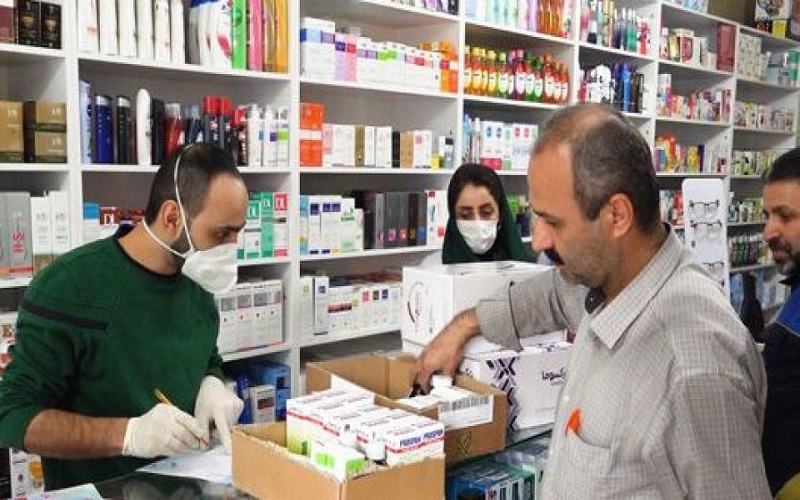With the problem of providing foreign exchange for the import of medicine in Iran, the shortage of medicine has become a critical situation, so that if the relevant currency is not provided, the shortage of medicine in Iran will reach 500 items.
The story of medicine shortages in Iran has a long history. Over the years, from time to time, specific medicine shortages have made headlines in the media and cyberspace and increased the scope of social tensions in Iran.
In this context, the elimination of the preferred currency for pharmaceutical items, which began under Hassan Rouhani’s government, led to a shortage of some pharmaceutical items.
Now the government of Ibrahim Raisi continues the unfinished work. Rouhani has exacerbated the problem in the 2021 budget bill by eliminating the preferred currency, or 4,200 tomans, for the import of medicine and raw materials for the manufacture of drugs made in the country.
With more than three months to go until the end of the fiscal year, there are already reports of medicine shortages in the media.
Ali Fatemi, vice president of Iran’s Pharmacists Association, recently announced that the current situation in the country has become critical due to widespread drug shortages and that there is a serious shortage of both imported and domestically produced drugs.
Fatemi had also announced on December 14 that in the last 20 years, there is no record of such a shortage of domestic medicines like this time.
Meanwhile, Haidar Mohammadi, Director General of Pharmaceutical Affairs of the Food and Drug Administration of Iran, noted that in the next 3 months, i.e., by the end of this year (according to the Persian calendar which is equal to March 2022), the country will face a shortage in about 190 to 200 items of medicine, and added that currently the country’s health system is suffering from the shortage of about 38 to 40 items of medicine, and if the required currency for the import of medicine and raw materials is not provided by the end of the year, the country’s drug shortages will increase to 400 to 500 items.
In addition, Mohammadi had previously stated that at least $ 3 billion in foreign exchange was needed to supply the country’s pharmaceutical items, but in the first six months of this year, very little foreign exchange was allocated for medicine imports.
According to Mohammadi, while the main government has eliminated the preferred currency for the import of pharmaceutical items and raw materials for medicine, if any currency is allocated later in this year, it will be at a free price because the allocated currency for food and pharmaceutical items, belonging to 2021 has been spent in the first 8 months of the year.
Inevitably, the price of imported drugs with the price of the free currency has multiplied and will expose Iranian citizens will face more problems to supply pharmaceutical items.
In this regard, Homayoun Sayeh Moh Najafabadi, a member of the Iranian parliament, referring to the budget bill submitted to the parliament by Raisi, has stated that if the regime proceeds with this budget, the price of foreign medicine will increase at least three to five times.
Earlier, Mohammad Reza Vaezi, head of Iran’s health association, said that this increase was four to six times higher so that 8 million Iranians who do not have any health insurance would not be able to get any medicine.
